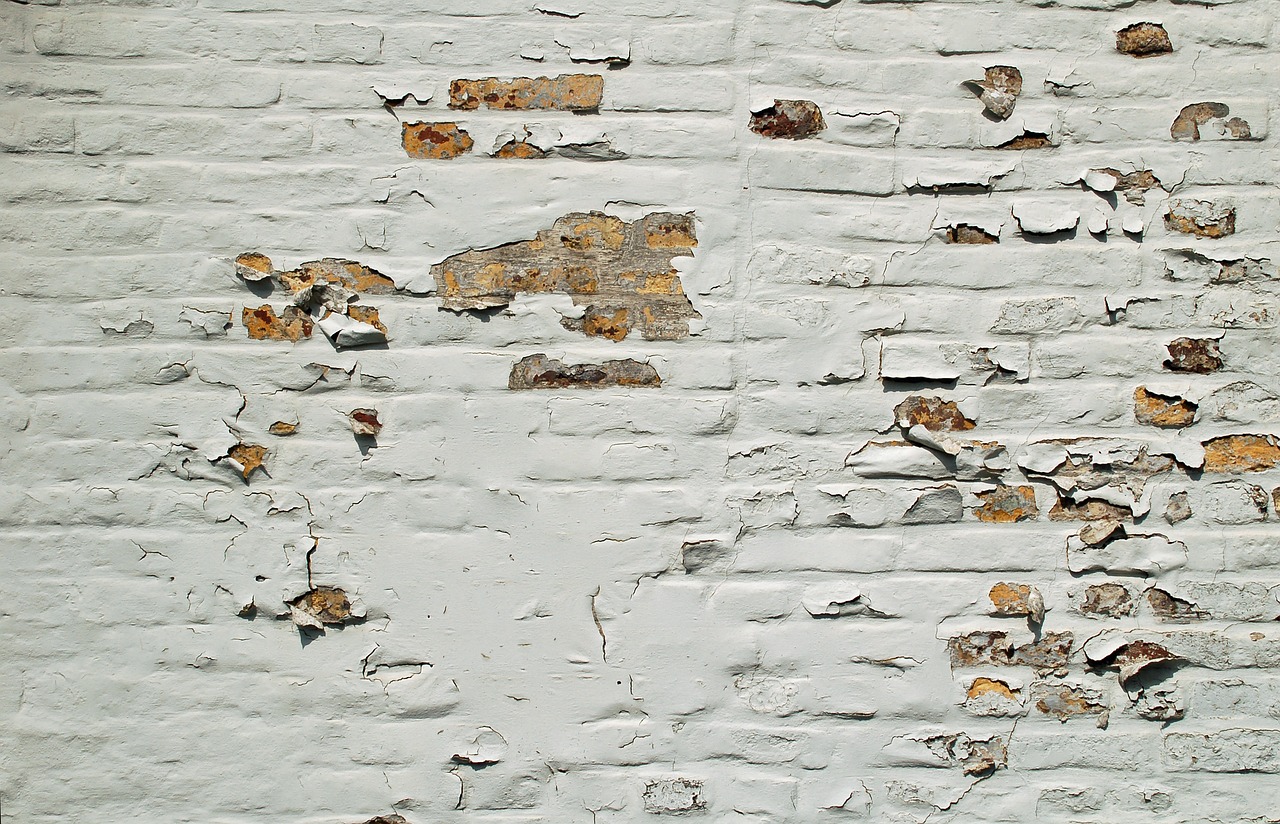
Have you turned up to a job and been asked to troubleshoot painting problems that have mysteriously appeared? Perhaps you’ve even come across these issues yourself and had to act to resolve them for your customers. In this blog, we’ll look at some of the common painting issues that you will encounter and how to resolve these for your customers.
Chalking
This is often found on exterior walls when the wrong paint has been used, the surface has not been sealed properly or the previous paint was over-thinned. This can lead to a chalky white layer occurring over time.
Solution – Luckily the solution is fairly straightforward. You will need to remove the chalky substance by washing the surface, sugar soap is great for this. Once you have fully cleaned the surface and washed it with clean water and let it dry you can then apply a suitable sealer or stabilising primer.
Bubbling and Flaking
Blooming, blistering and flaking are common problems that can effect woodwork such as doors. The most common causes for this include applying paint to a wet or damp surface, painting in high temperatures and insufficient surface preparation.
Solution – Another relatively simple fix involves removed the paint from the affected area, down to the substrate if this has also been affected. Remove all loose paint until you have a stable base and you can then use abrasive paper to create a surface that is ready to paint. Where the substrate is damp or wet you will need to wait until this is fully dry prior to applying your primer and paint.
Flashing
The halo effect or flashing occurs when patches of a painted surface appear shiny at certain angles or lighting conditions. This is commonly caused when areas have been painted using different methods such as roller and then touched up with a paint brush.
Solution – There is no quick fix for flashing and this will often involve repainting the whole wall to help even out the paintwork and provide a consistent finish.
Picture Framing
A common tell-tale sign that painting has been done by an amateur. Picture framing is when the paint appears to be a different colour around the edge of a wall. This typically happens when the paint has dried around the edge of the room before the main coat has been applied by a roller.
Solution – Picture framing can be avoided by working in smaller areas and not cutting in an entire room prior to using a roller. Where this has been done previously you will need to repaint the entire room taking care to always work with a wet edge.
Cissing
This is where paint separates and forms small craters on the surface of the wall. This is almost always caused by some form of surface contamination such as wax or grease or poor surface preparation.
Solution – The way to stop cissing is to prepare the surface prior to repainting. This should be done using sandpaper and then degreasing the surface using white spirit before applying a suitable sealer and stabiliser. You can then apply your normal paint for a fantastic finish.
